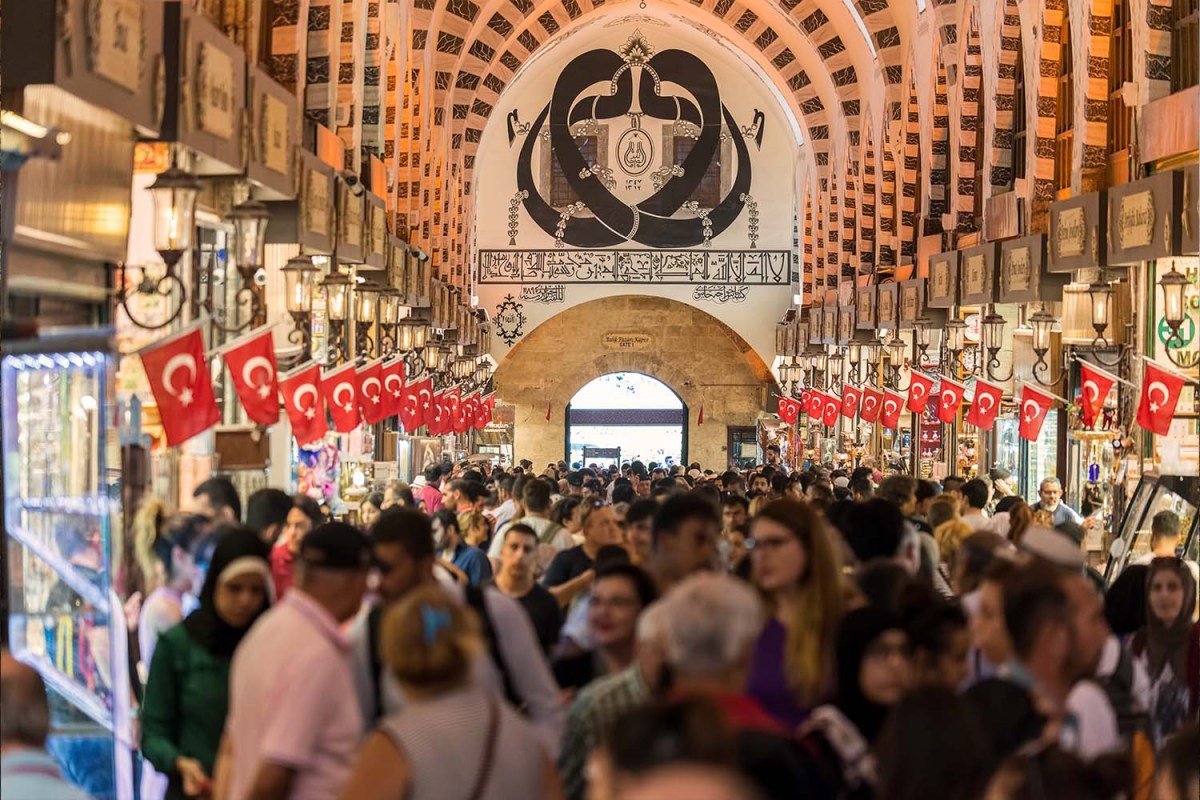When I first stepped off the plane in Istanbul, it was dark. After a nine hour flight and a quick dinner that I can hardly recall the details of, I was in bed for the night — having only caught fleeting glimpses of the city through a taxi window. An anticlimactic start, to be sure.
But, as it goes, fast forward to 4:00 am — 8:00 pm back home in New York — and I was wide awake again. That’s when I heard the call to prayer for the first time reverberating through my hotel room, seemingly coming from within. Two hours before dawn, I was up out of bed and moved to open the curtains that had, since my arrival, shielded the city from me. It was only then that I got my first real look at the megacity. Even in the pre-dawn light, Istanbul glittered before me like undiscovered treasure.
Of course, to call Istanbul “undiscovered” is naive at best. It is, quite literally, one of the oldest cities on Earth. The historic home to hundreds of cultures, and at 15.5 million strong, it’s been evolving into its current iteration since the 6th millennium BCE. Yet, somehow knowing as much does nothing to dull the excitement of seeing it for the first time.
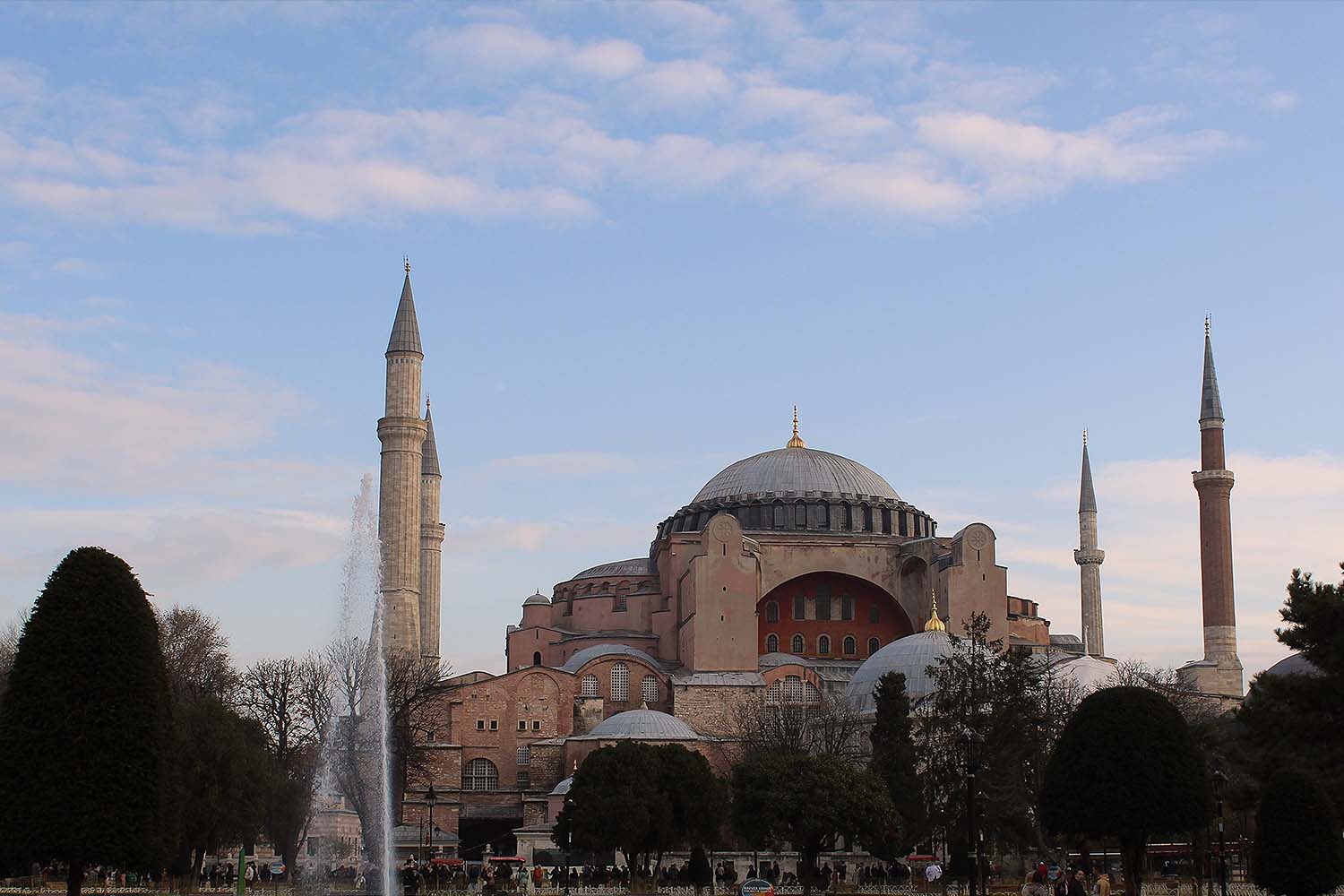
Fortunately — from Hagia Sofia and the Blue Mosque, to the Basilica Cistern and Grand Bazaar — there are no shortage of famous sites to satiate the thirst for Turkish history and culture in Istanbul. That said, I’d argue that the best way to experience Türkiye — and all the ways it’s transformed over many millennia — is through the food. It’s perhaps the first thing my guide for the week, Türkiye native Eser Sedef, told me when we first met.
That’s because Türkiye is a melting pot, and the cuisine is the perfect encapsulation of that fact. Rather than being prepared in any one style, it’s a fusion of jillions. And it’s the idyllic way to truly discover a city that’s been discovered and rediscovered a million times over — because while it’s an accurate depiction of where the city’s been, it’s also a reflection of where it’s headed.
So, in the name of journalism, starting from the very moment I arrived (although I’ve already admitted to not remembering much of that first meal), I made it my mission to sample as much of all the best food Istanbul has to offer. The resulting compendium of restaurants, markets and dishes are all must-tries. Below, where to eat in Istanbul:
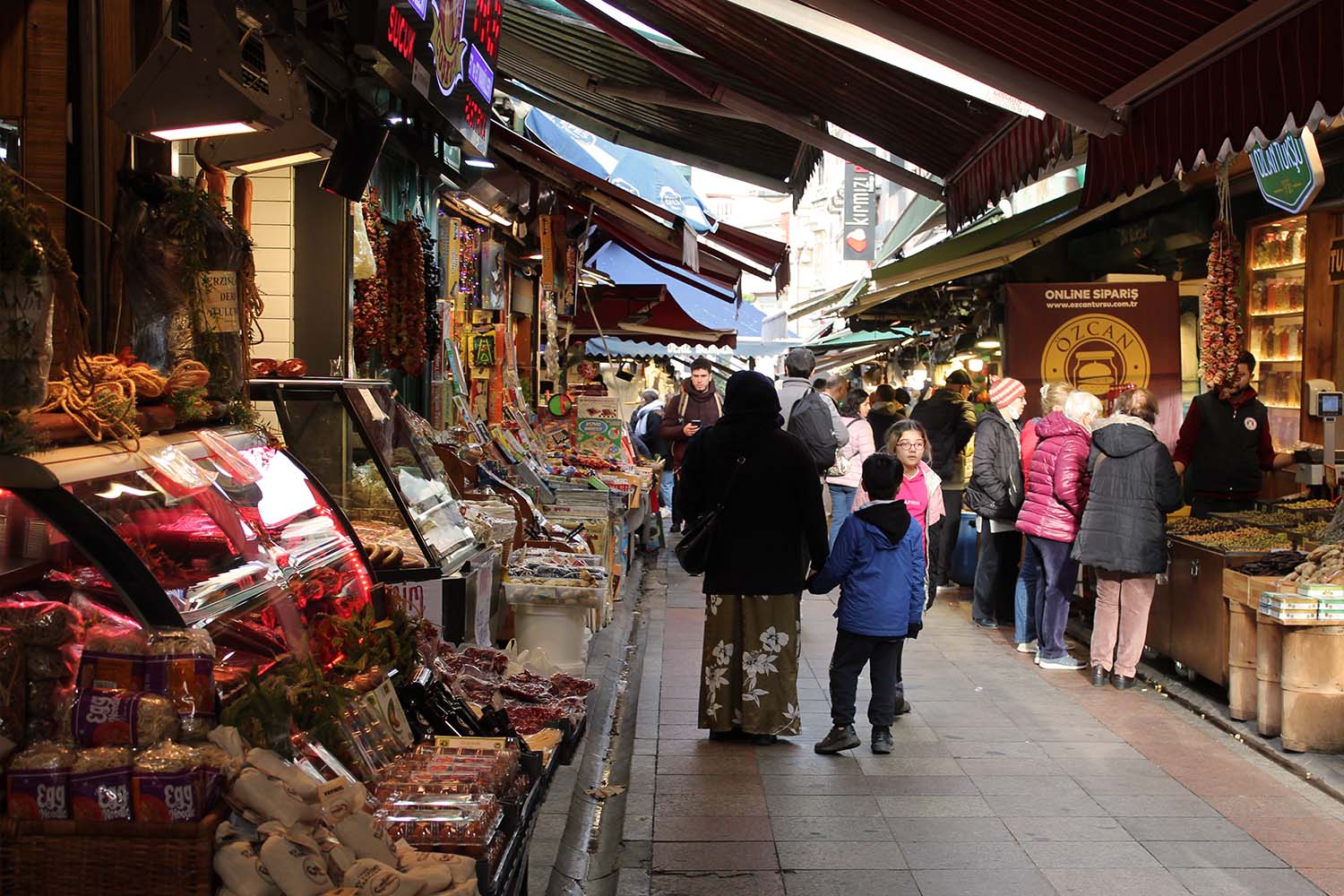
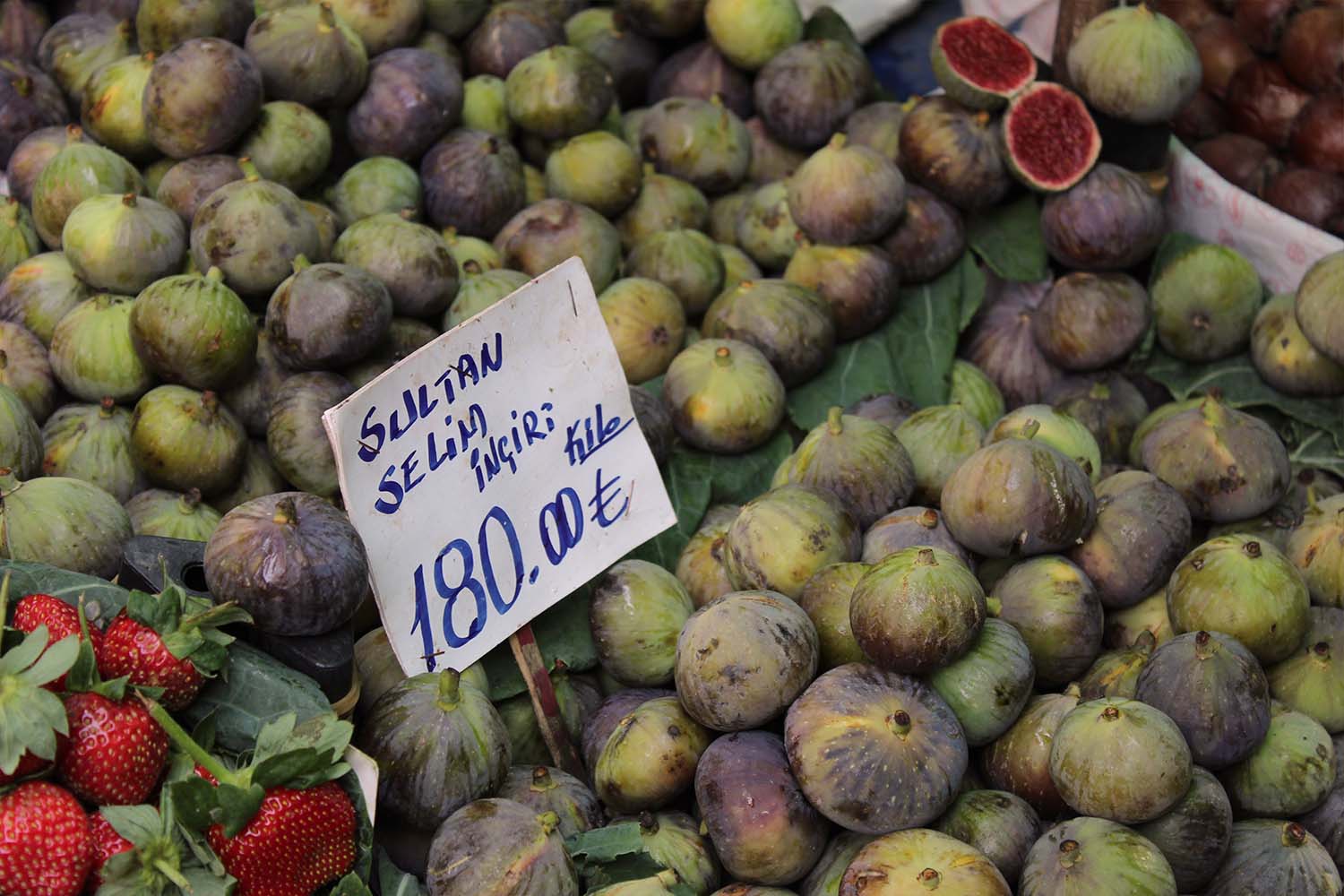
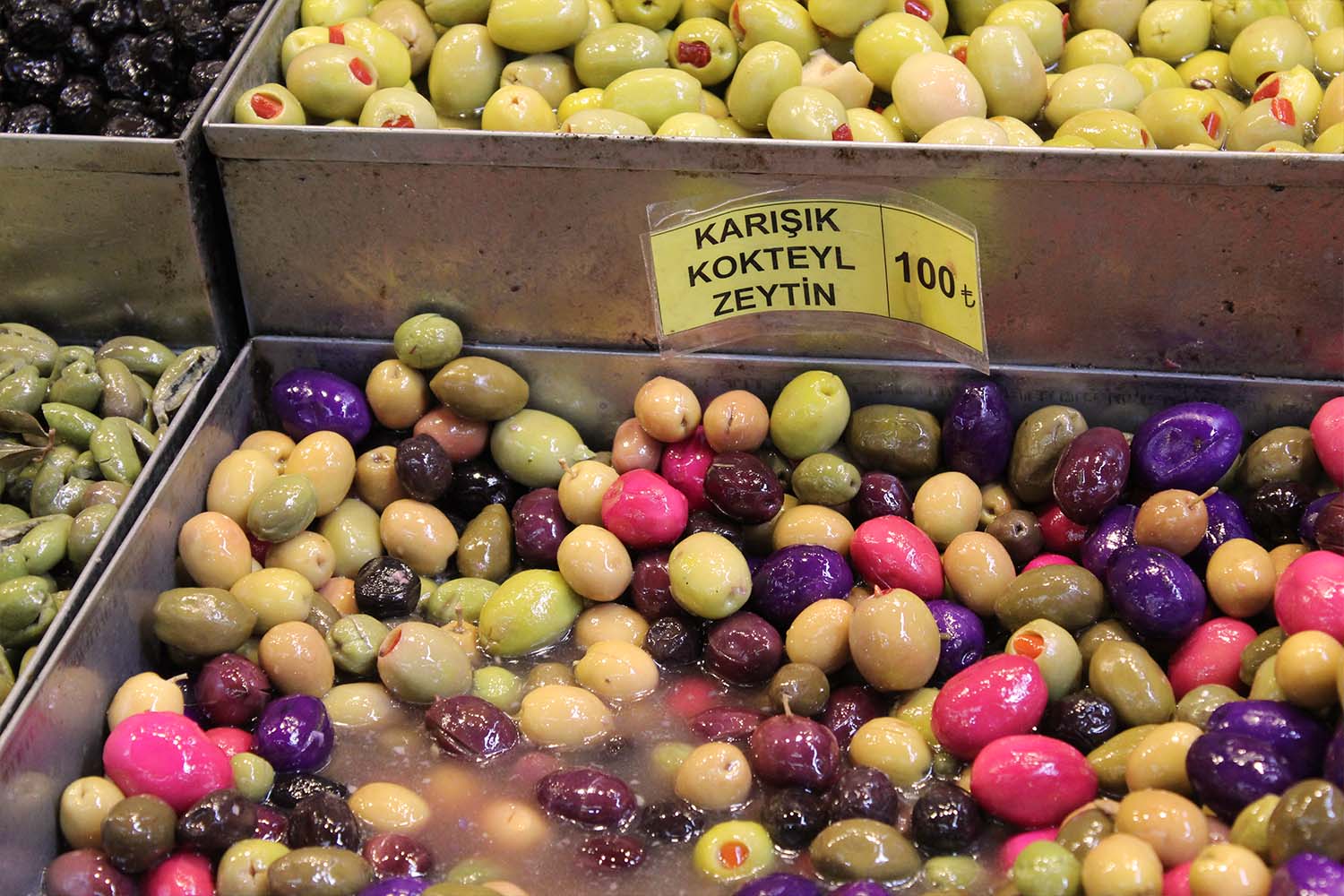
The Fine Dining Scene in Istanbul
A vibey Michelin Guide Bib Gourmand restaurant, Alaf — self-described as a “nomad restaurant offering an Anatolian dining experience” — is as much an experience as it is an eatery. For dessert here, after a meal of fried needlefish topped with a sweet chutney and microgreens, I was treated to a whipped chocolate mousse in a freeze-dried red pepper and it was, without a doubt, one of the most exquisite desserts I’ve eaten in my 32 years on Earth.
Located directly on the Bosphorus, Oligark is actually four restaurants and a night club, though Ringa Balık is the real stand out. One of the best seafood restaurants in all of Istanbul, they serve Bosphorus-fresh fish (like sea bass and red mullet) and views to match.
Set in Çiçek Pasajı, or the old flower market (çiçek means flower), Seviç has been slinging over 25 different types of mezes, like stuffed grape leaves and variety of seafood salads, since 1940, which is fitting given that the setting makes it feel as though you’ve been transported back to around that time. Touted as being “one of the best examples of tavern culture” in Türkiye, it’s a highly-trafficked watering hole among locals.
How to Spend Two Weeks in Turkey: Turkey Hidden Gems and Endless Kebabs
After crisscrossing the country, our writer offers recommendations from Istanbul to Bodrum and beyondFiruze is a good-time place helmed by Chef Ayhan Özsaraç, it’s got an expansive menu, unobstructed views of the city, banquet-style seating and a DJ in the evenings. I’d guess based on my experience that, for the majority of its patrons, Firuze is merely the first stop of a night on the town. (Before the end of dinner, it had all but transformed into a dance party.)
Nisantası Baskose Restaurant is an authentic Turkish restaurant located in the Nisantasi neighborhood. Every meal begins with mezes and pide, all of which are so good, it requires a really concerted effort not to fill up before the main course. Kebabs are king here.
Located up the stairs above the Mısır Çarşısı (the Egyptian Bazaar), Pandeli feels like a secret — except that it’s actually a one hundred year old Bib Gourmand restaurant. Decked out in cerulean blue mosaics, its namesake got his start as a vendor in the bazaar below; But humble beginnings be damned — Pandeli’s has hosted everyone from Queen Elizabeth II and Audrey Hepburn, to Sean Connery and Robert de Niro.
Mürver reminds me of The Menu’s “Hawthorne,” except instead of Ralph Fiennes at the controls, it’s chef Mevlüt Özkaya (and the staff is lovely, not murderous). Think Restoration Hardware Rooftop, but a tad more industrial, with dishes that’ll take every last bit of your restraint not to photograph (with flash), and voilà — you have Mürver.
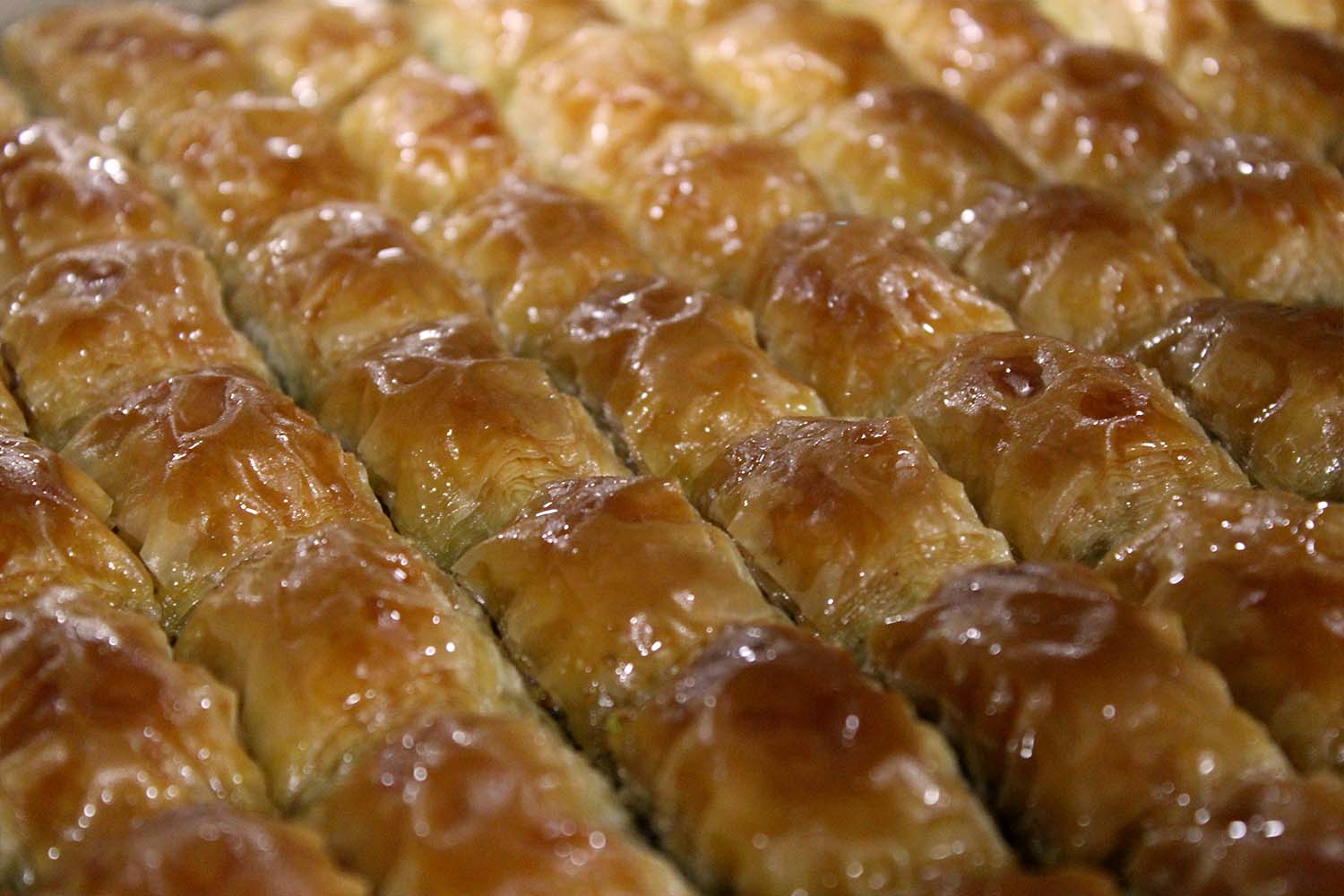
Istanbul’s Best Desserts
Mado is a Turkish brand, famous for its ice cream, or “dondurma.” For the uninitiated, “plain” Turkish ice cream is always !00% goat milk, while other flavors are a lesser percentage — pistachio being one of the most popular given its prevalence in Turkish culture (they produce a lot of it). If planning a visit to Istanbul in the winter months, be sure to order sahlep — a hot drink made of orchid root and milk, served with cinnamon on top.
Karaköy Güllüoğlu is arguably one of the, if not the most, famous baklava brands in the country. Here, baklava masters train for 6-7 years and, once you’ve witnessed the process first hand, it’s no wonder why — it’s an art form. Karaköy Güllüoğlu’s baklava comprises 40 layers and takes up to four hours to make. You’ll want to try the classic pistachio, but I’d be remiss not to recommend the hazelnut, too.
You can’t throw a rock without hitting a place that sells Turkish delight or lokum (a fragrant jelly candy) in Istanbul, but HazerBaba, for its part, is a household name that dates back to 1988. Now, this feels like the appropriate time to admit that I’m not a huge pistachio fan. HazerBaba, which you can find in the spice market, offers a number of alternatives — pomegranate and chocolate chief among them.
Akide şekeri is a Turkish hard candy. If you like spice, try the cinnamon. It’s like an atomic fireball but hotter, and you can get it at just about any candy store (of which there are an abundance). I keep a paper bag of them on my desk to this day. The Turks know their way around a sweet.
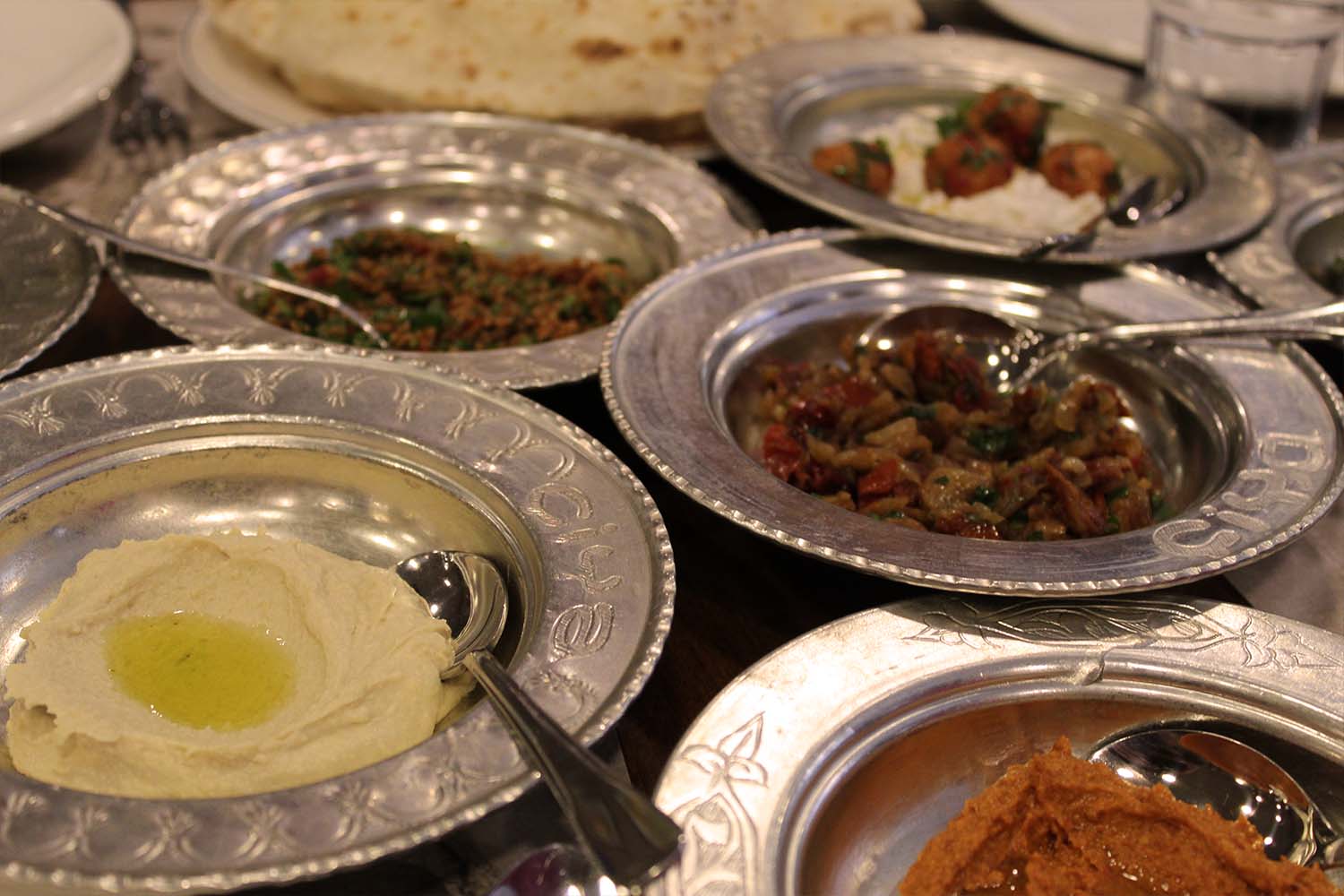
The Staples of Turkish Cuisine
In this writer’s humble opinion, mezes — or appetizers, served tapas style — are the main event at just about every Turkish restaurant. Though, no one does them better than Chef Musa Dağdeviren — whose name you might recognize from Chef’s Table on Netflix — of Çiya Sofras. While there are now three locations, you can expect home-style regional Turkish cuisine in a refreshingly unpretentious setting at any of them. You shouldn’t skimp on anything here, but mezes least of all. The fava beans are a must-try, though Dağdeviren claims that the turnip — which is prepared three ways — is the most popular dish.
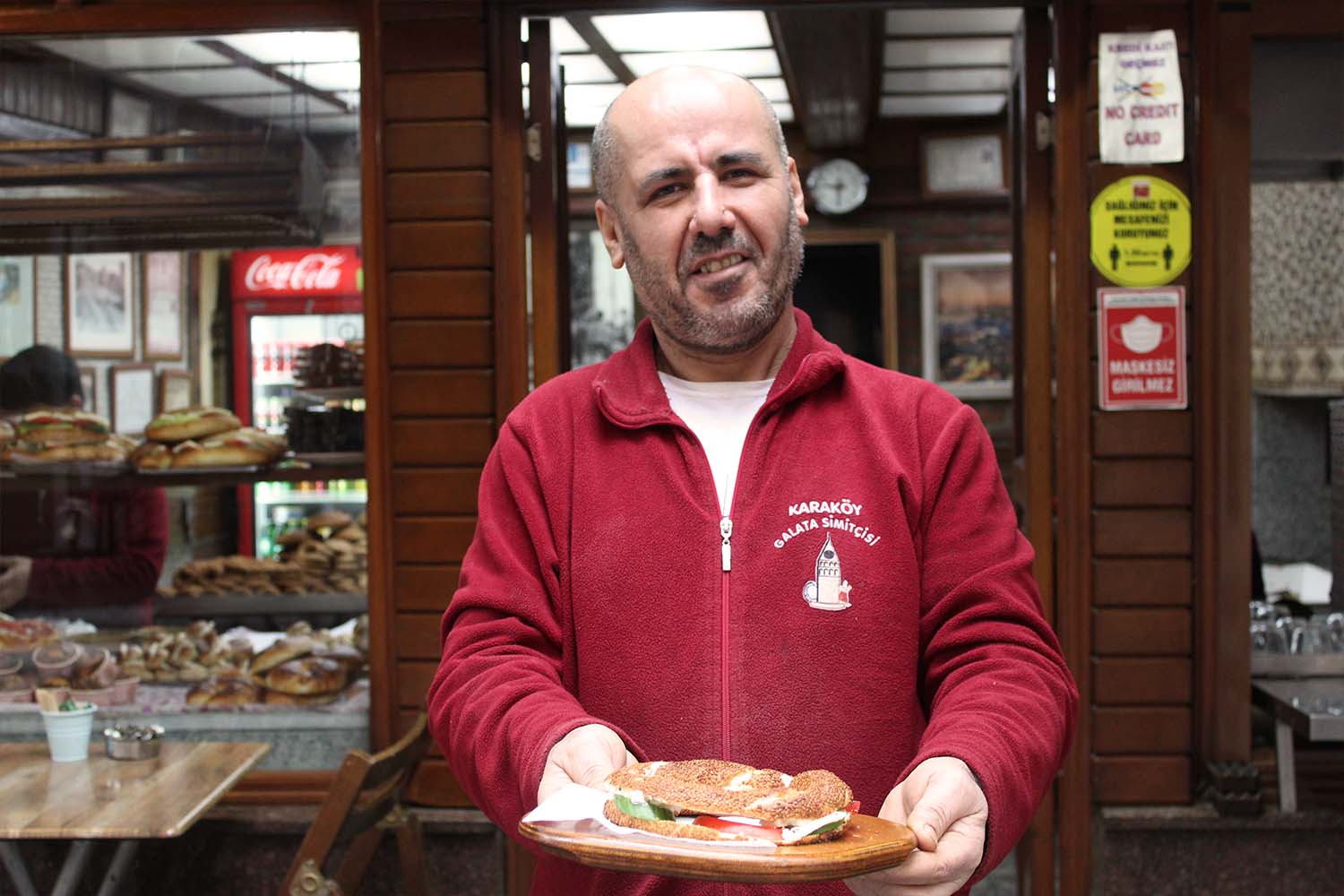
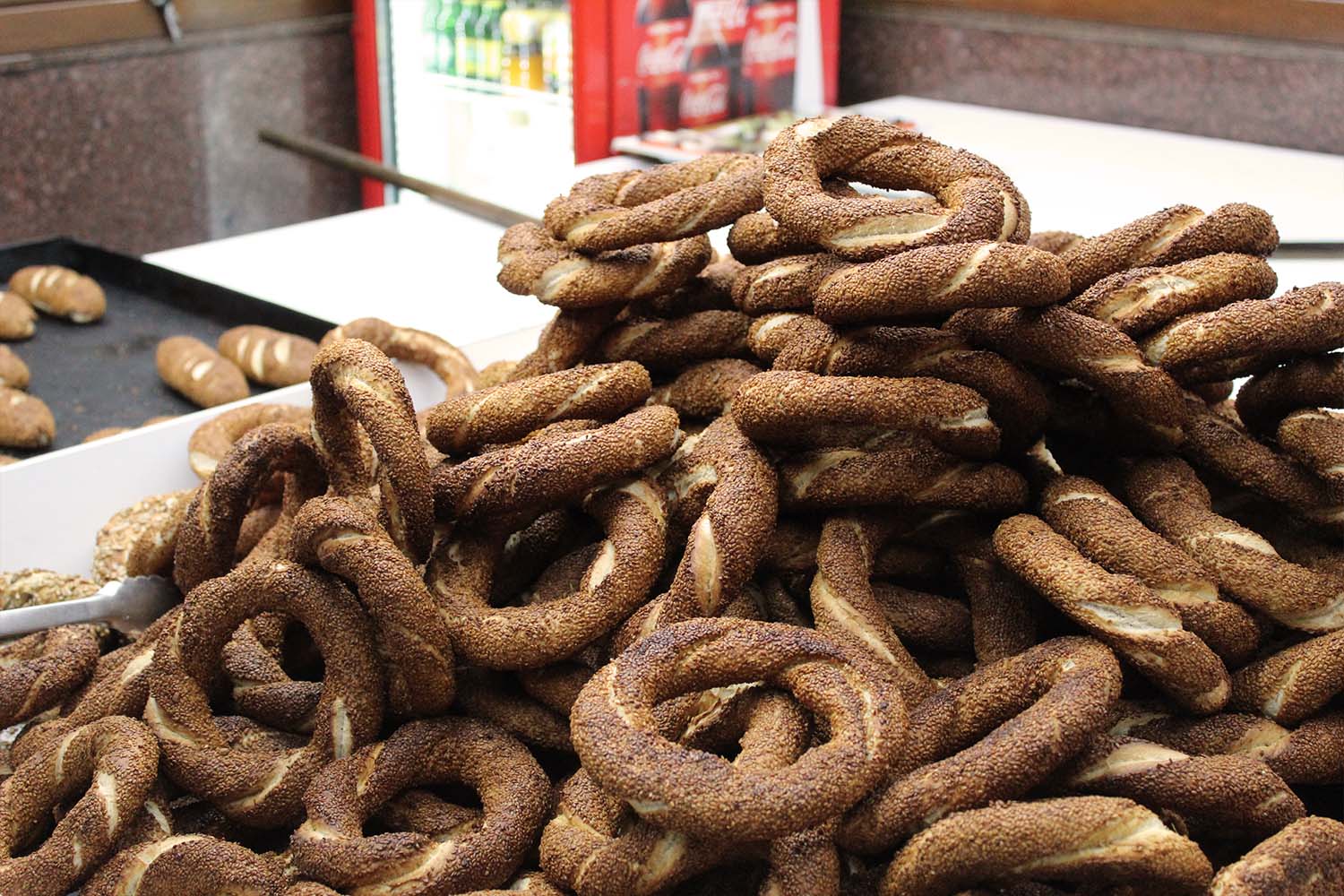
Simit is a circular bread, not dissimilar to a bagel, that is typically encrusted with sesame seeds and a staple in most Turkish diets. Some of the best can be found at Galata Simitçisi, a family operation in its 50th year of business. The head baker, Seref Yildiz, has been working here since he was 12 (he’s now 45, which boils down to a lot of simit baking experience). By his estimate, Yildiz slings around 3,000 simits a day.
Börek is a pastry made from ultra-thin, flaky dough and, most often, feta cheese. Save for its savoriness, börek is not all that different from baklava, and served with breakfast or as a snack. It is also one of my favorite things to eat in Türkiye. Because you can get it just about anywhere, and because I’m not a börek snob, I’d implore you to try as much of it, from as many different places, as you possibly can.
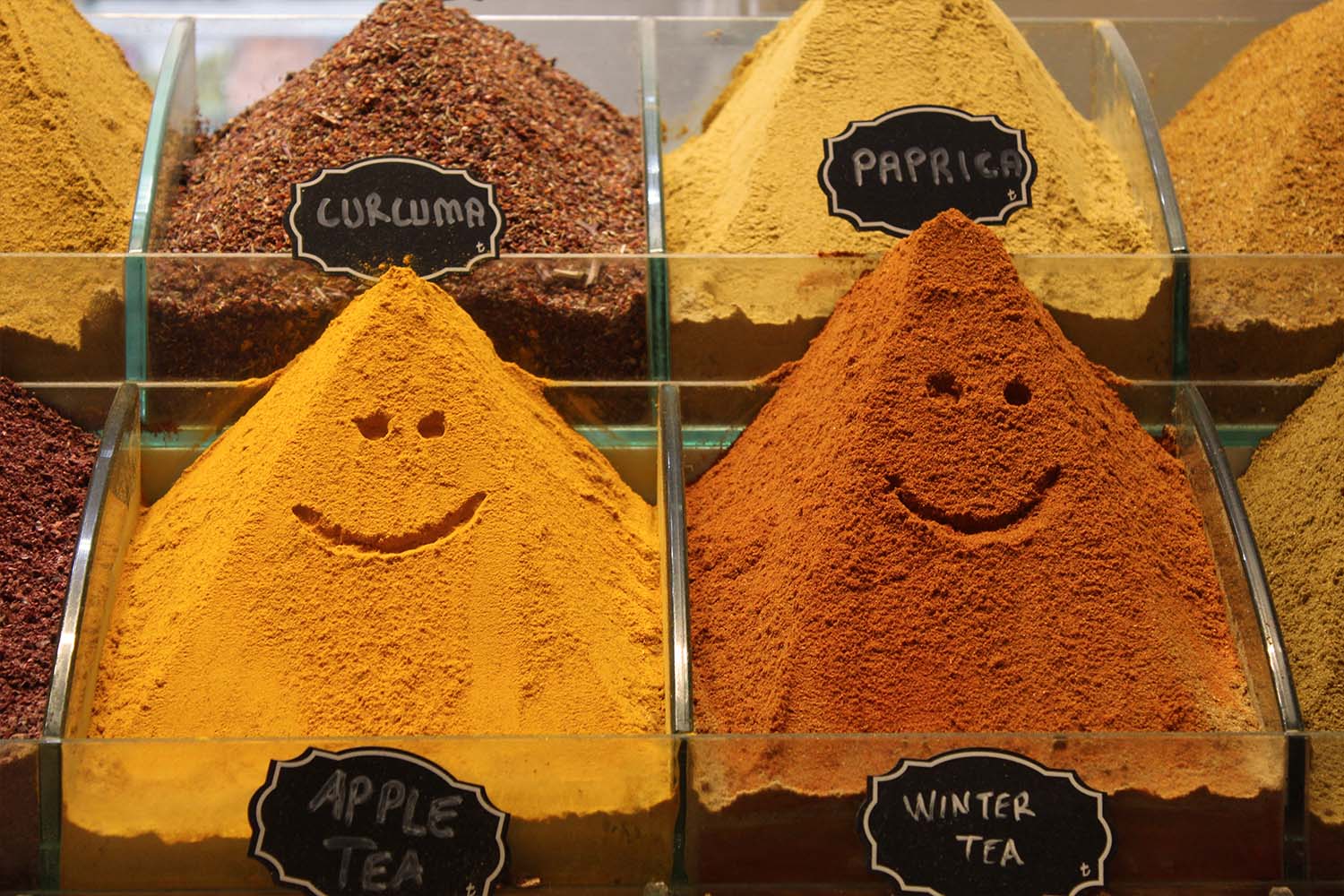
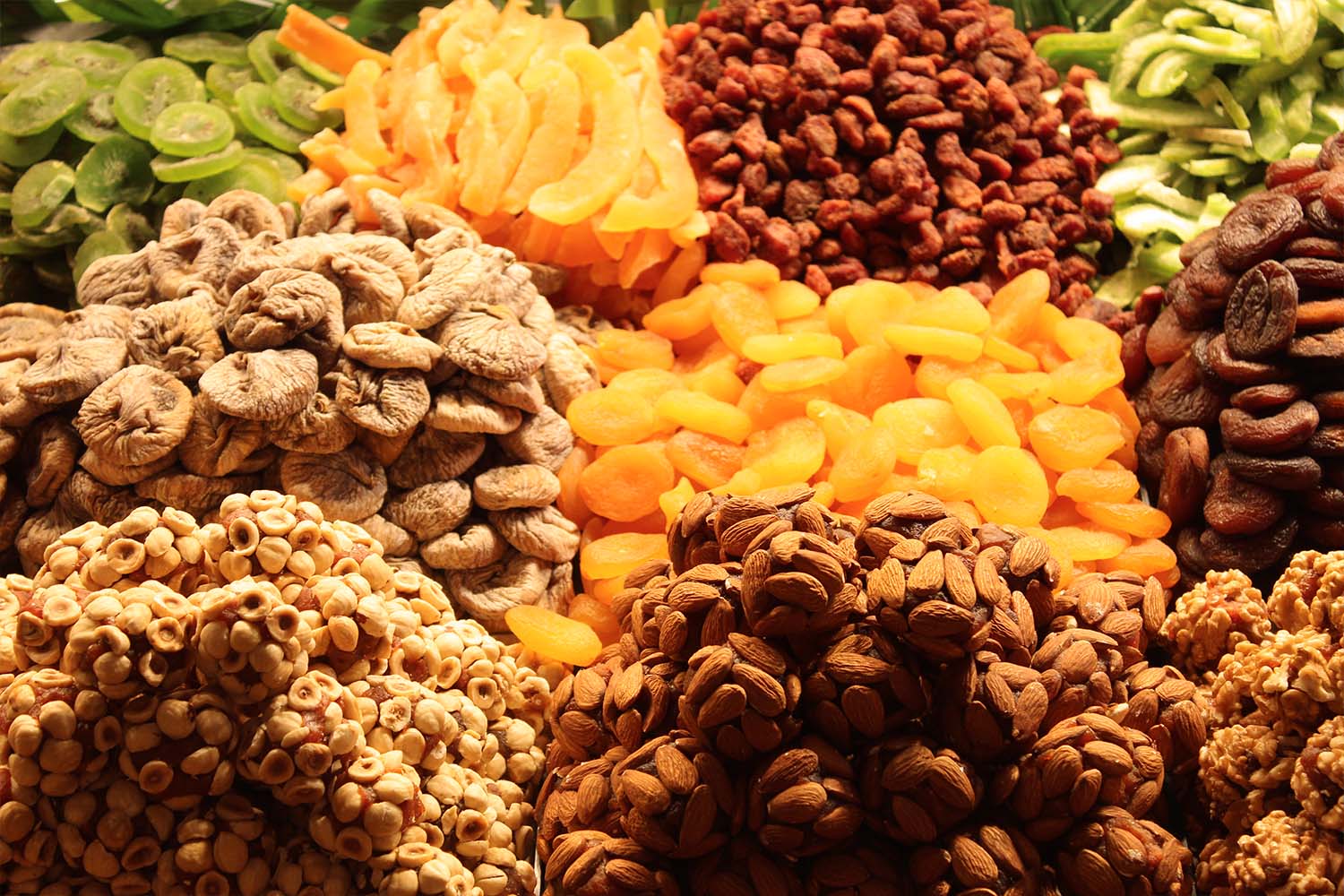
The Mısır Çarşısı (the Egyptian Bazaar) in Istanbul is one of the largest, and most vibrant, in the city, as well as a foodie paradise. It’s absolutely teeming with Turkish delicacies — nuts, spices, Turkish delight and other sweets, smoked meats, dried fruits and vegetables and caviar to name a few. I’d recommend copping some za’atar to bring back home.
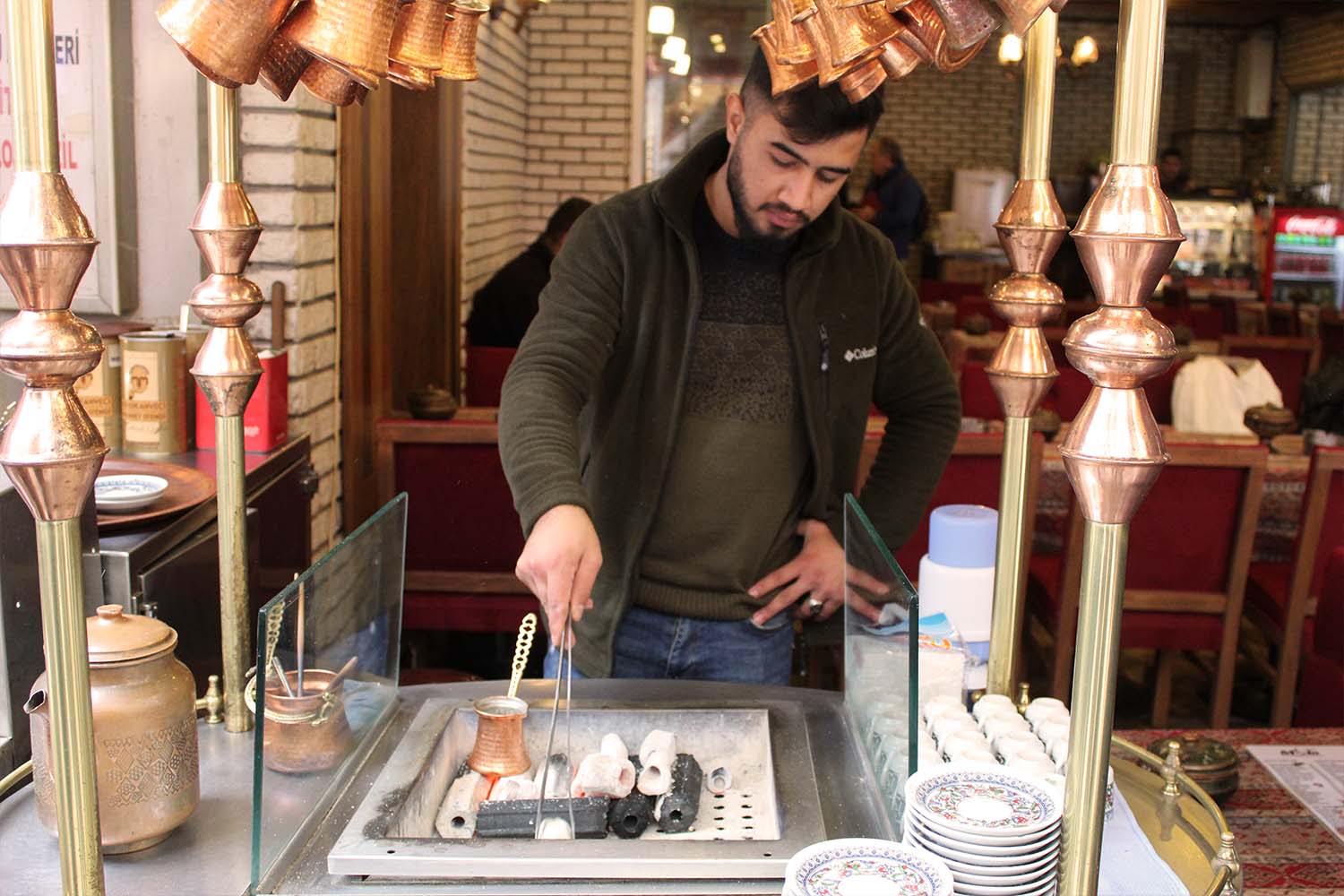
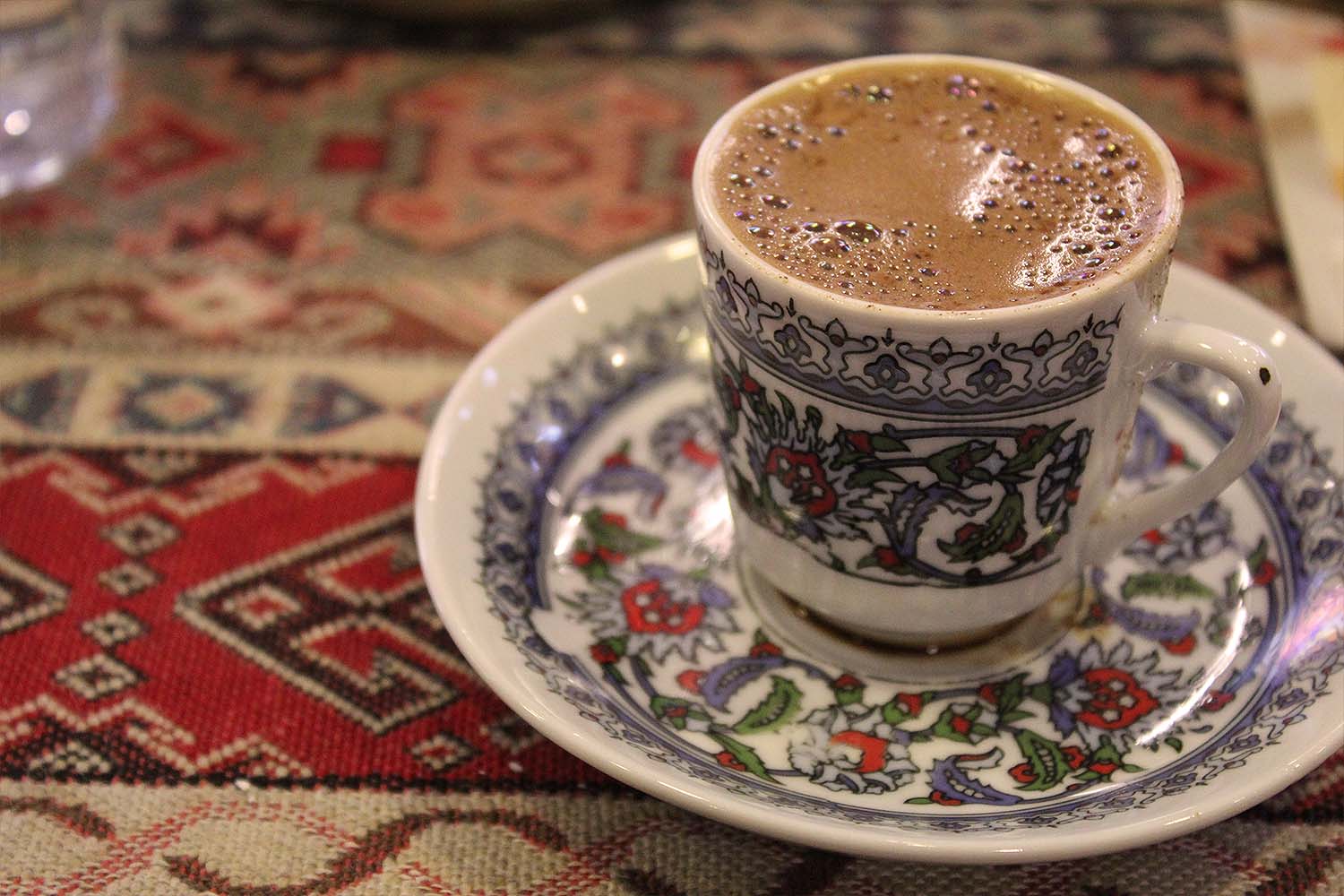
Fun fact: coffee fortune telling (a method that involves interpreting coffee grounds after it’s been drunk) was actually born out of Turkish Coffee and, to this day, remains a crucial part of the experience. Perhaps it’s why ordering Turkish coffee at a local spot in Istanbul feels like a rite of passage, of sorts. It also makes for a fun souvenir to bring home (ground coffee, that is). Be sure to stop by Kuru Kahveci Mehmet Efendi in the Mısır Çarşısı, but — do be warned — this is where the locals get their coffee, and it’s cash only. If you aren’t prepared to order, with money in hand, by the time you get to the window — everyone behind you will heckle you
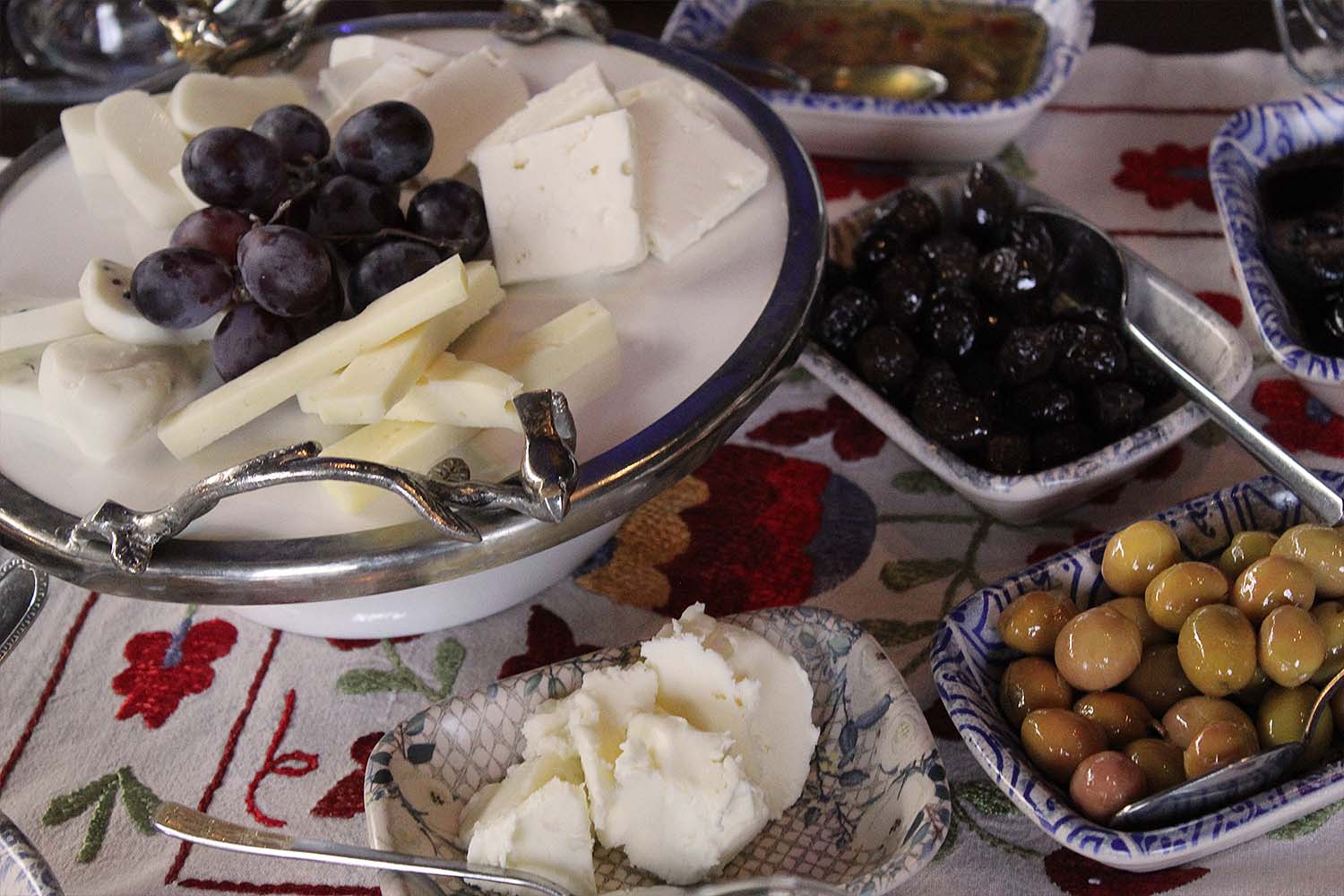
I’m a huge breakfast proponent, and the one I had at Perispri in the Old City — comprising multiple fresh cheeses, olives, tomatoes, cucumbers and bread, among other things — was excellent. But Perispri’s allure far exceeds its breakfast menu. It was originally an art gallery, where the owner — a ceramicist — would occasionally host friends for coffee. She later began cooking, which led to bigger turnouts, and the gradual addition of more tables. Eventually, without her even really noticing, her art gallery transformed into a restaurant, open to the public. Breakfast, however, is still served as if to an old friend.
Quick Bites to Try in Istanbul
A massively popular street food that dates back to the Ottoman Empire, döner is a chicken, beef or lamb kebab, with some fat added on top and served on a vertical rotisserie stick. First timer? Try Tatar Salim or Tarihi Karadeniz Döner, if you’re in a hurry.
Popularized by Anthony Bordain, Dürümzade Beyoğlu is a kebab spot in Taksim Square known for its dürüm. Dürüm is a flaky Turkish wrap, typically filled with traditional döner kebab ingredients. It would behoove you to try the adana here (a mix of lamb and beef), but the chicken is popular, too. Bring cash.
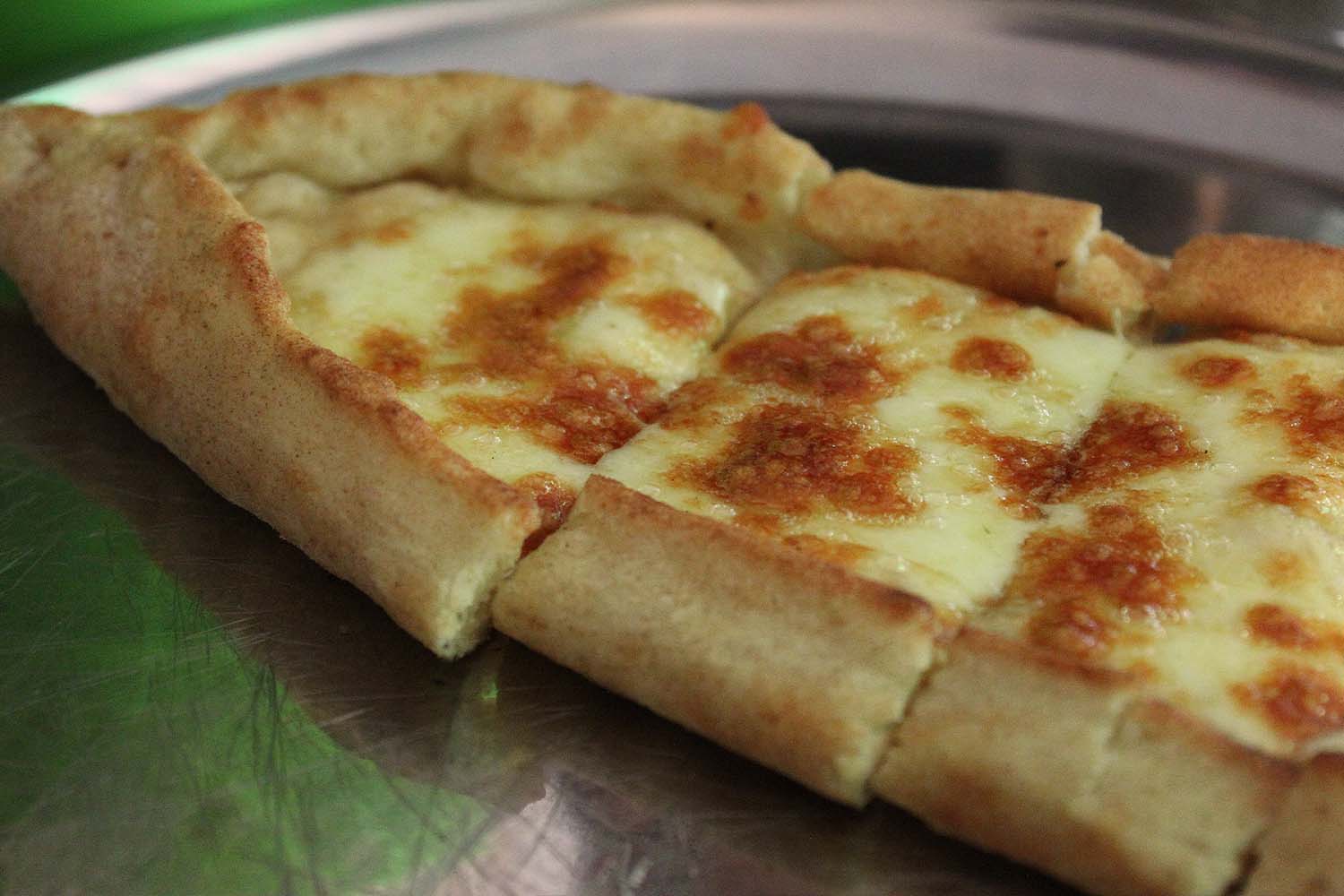
Pide is effectively a long Turkish pizza and, like in, say, New York — there are no shortage of places to get it, either. That said, Hocapaşa Pidecisi on Hocapaşa Street is serving up cheap, authentic pide in a popular area among locals.
Midye Dolma, or mussels stuffed with spiced rice, is a beloved street food and traditional meze. If you find yourself in the Beyoğlu — popular among locals for its plethora of good restaurants and bars — stop at Şampiyon Kokoreç. They consider themselves “the master” of mussels.
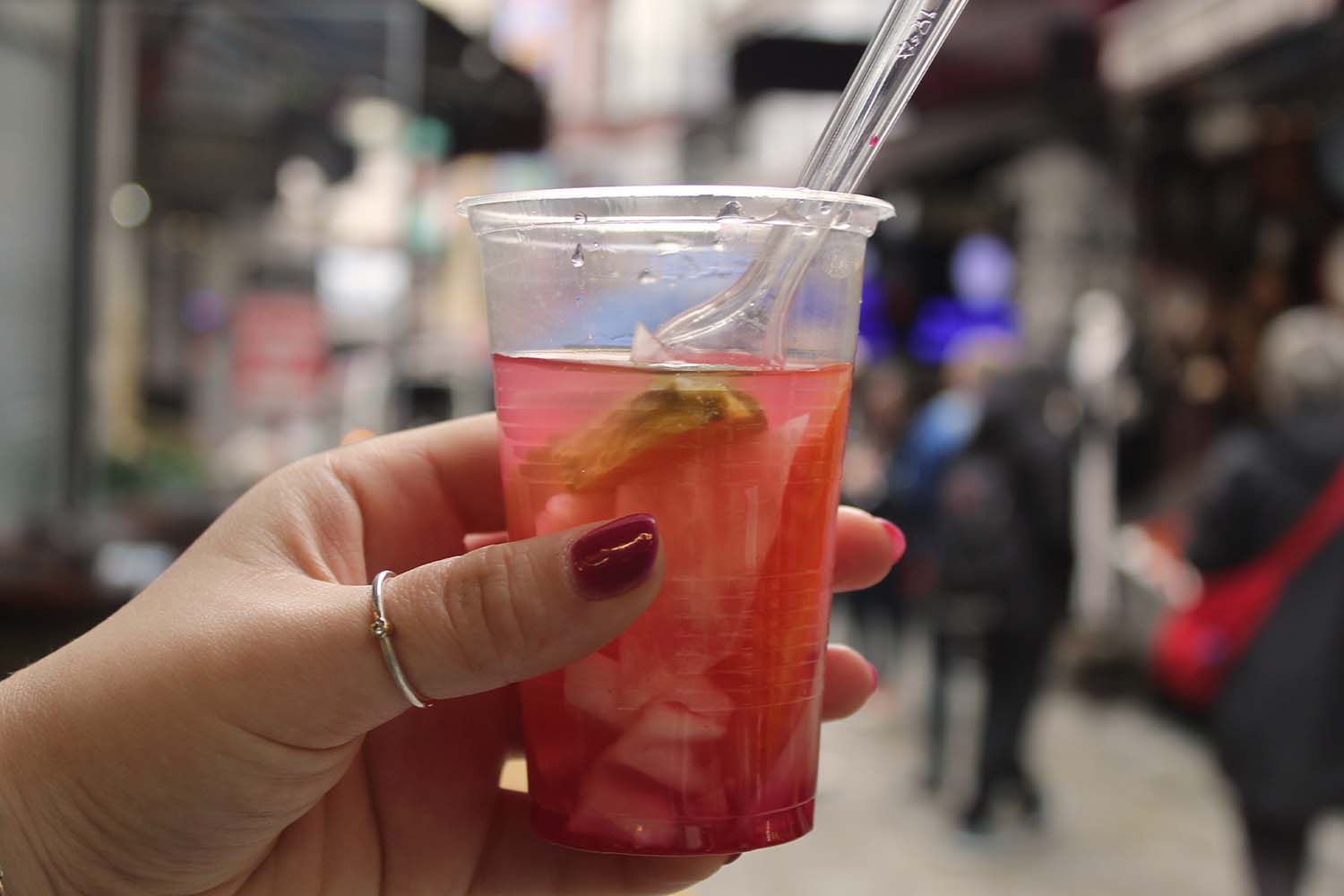
Turşu Suyu is a (non-alcoholic) Turkish beverage made from pickled vegetables and pickle brine. It’s bright pink in color, and is salty, tangy and just a tad spicy. I’m not a huge pickle fan, but I thoroughly enjoyed turşu suyu, which is typically served alongside other street food. At Petek Turşuları, a small shop in the Balık Pazarı (fish market), it’s their specialty.
Beyond the Balloons: Off the Beaten Path in Türkiye’s Cappadocia
By now, the appeal of the Turkish region’s hot air balloons is well-documented, but what else is there? Plenty, as it turns out.What to Drink in Istanbul
While there are plenty of places to imbibe in Istanbul, there are none more memorable than the Orient Bar at the Pera Palace Hotel. Built in 1892, the iconic property is best known for being the hotel where Agatha Christie wrote The Orient Express after disappearing for 10 days. It counts Alfred Hitchcock, the Kennedy’s and Mustafa Kemal Atatürk — the founding father of the Republic of Türkiye — among its other famous guests. (It’s also home to the first elevator in the country!) Of course, it’s for these reasons that it’s among one of the most expensive hotels in the city (around €411 a night), but the Orient Bar is open to the public (albeit seasonally).
Whether it be here or somewhere else, be sure to try Raki. Made of distilled grapes, it’s the national drink of Türkiye…and not unlike ouzo and sambuca. Before you do, however, you should familiarize yourself with a few rules:
- You cannot touch your glass before the oldest person in your party touches theirs, and says, “Serefe” (cheers).
- If you get drunk before everyone else, they won’t drink with you anymore.
- You can’t get upset when you drink (unless you’ve had three or more, at which point no one cares).
- You must always touch glasses in acknowledgment of those who are no longer with us.
For some real insight into Turkish mixology, consider taking a cocktail workshop at the Inspired Choice Factory. They specialize in bitters, infusion mixes, spicy sauces and natural syrups all of which you get to experiment with in class. Plus, you may get some face time with the best bartender in Türkiye, who often leads the workshop.
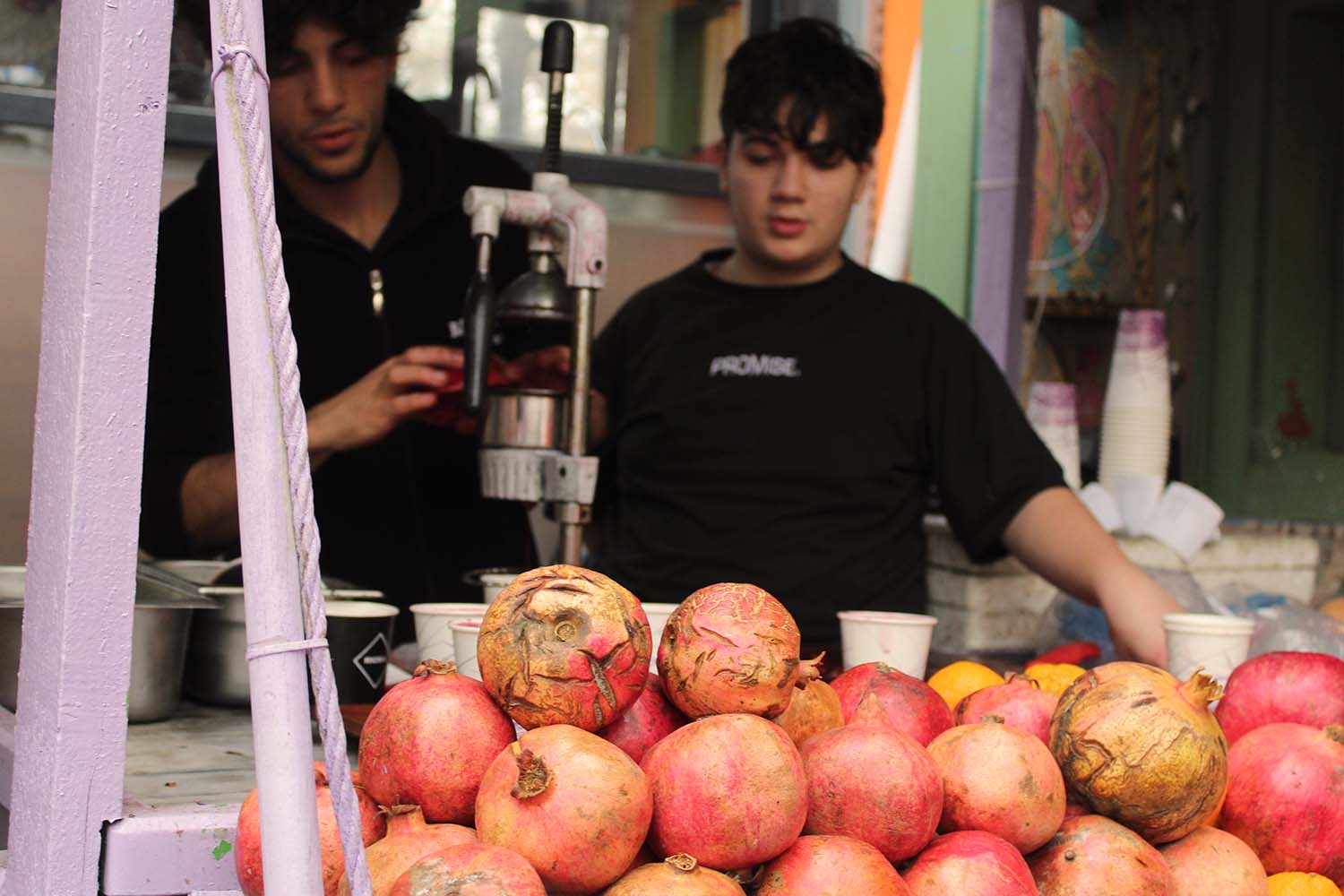
Pomegranates are a symbol of prosperity and good health in Türkiye, and for every one ceramic miniature of the fruit you see in a shop window, there’s a vendor peddling freshly pressed pomegranate juice. If you find yourself in Balat — a colorful, very Instagrammable neighborhood in the old city — there’s a sweet little juice stand near the hanging umbrellas, where you can sit and enjoy (or make fun of) the hordes of aspiring influencers.
This article was featured in the InsideHook newsletter. Sign up now.
